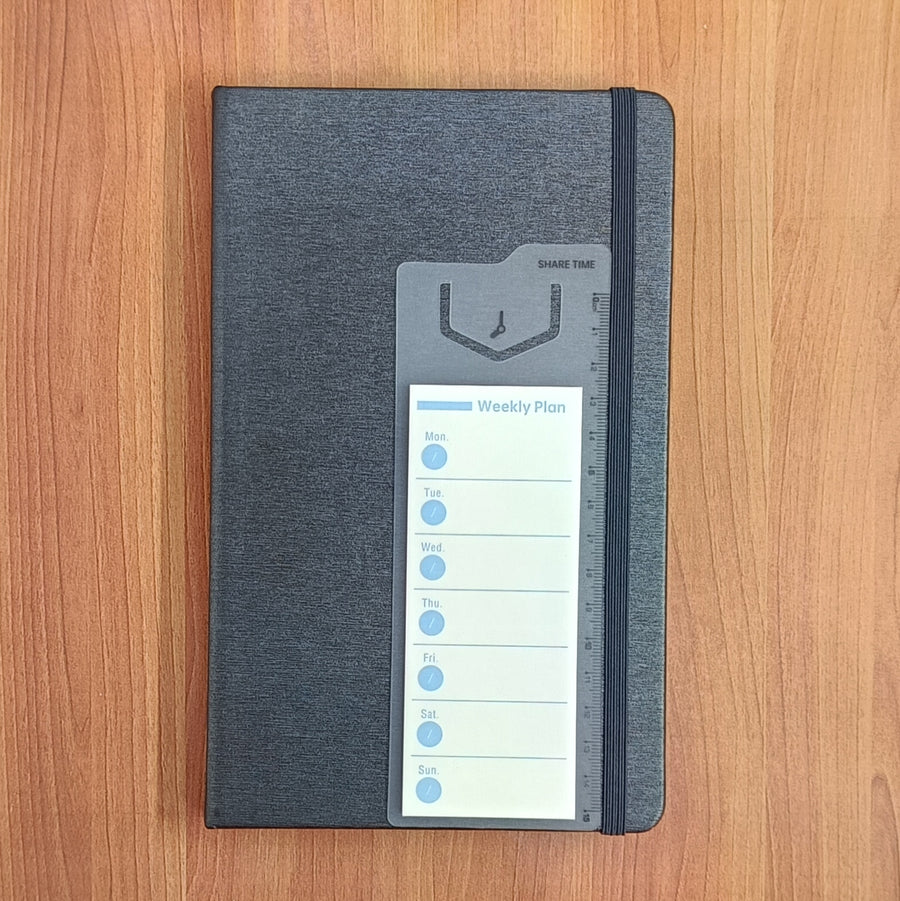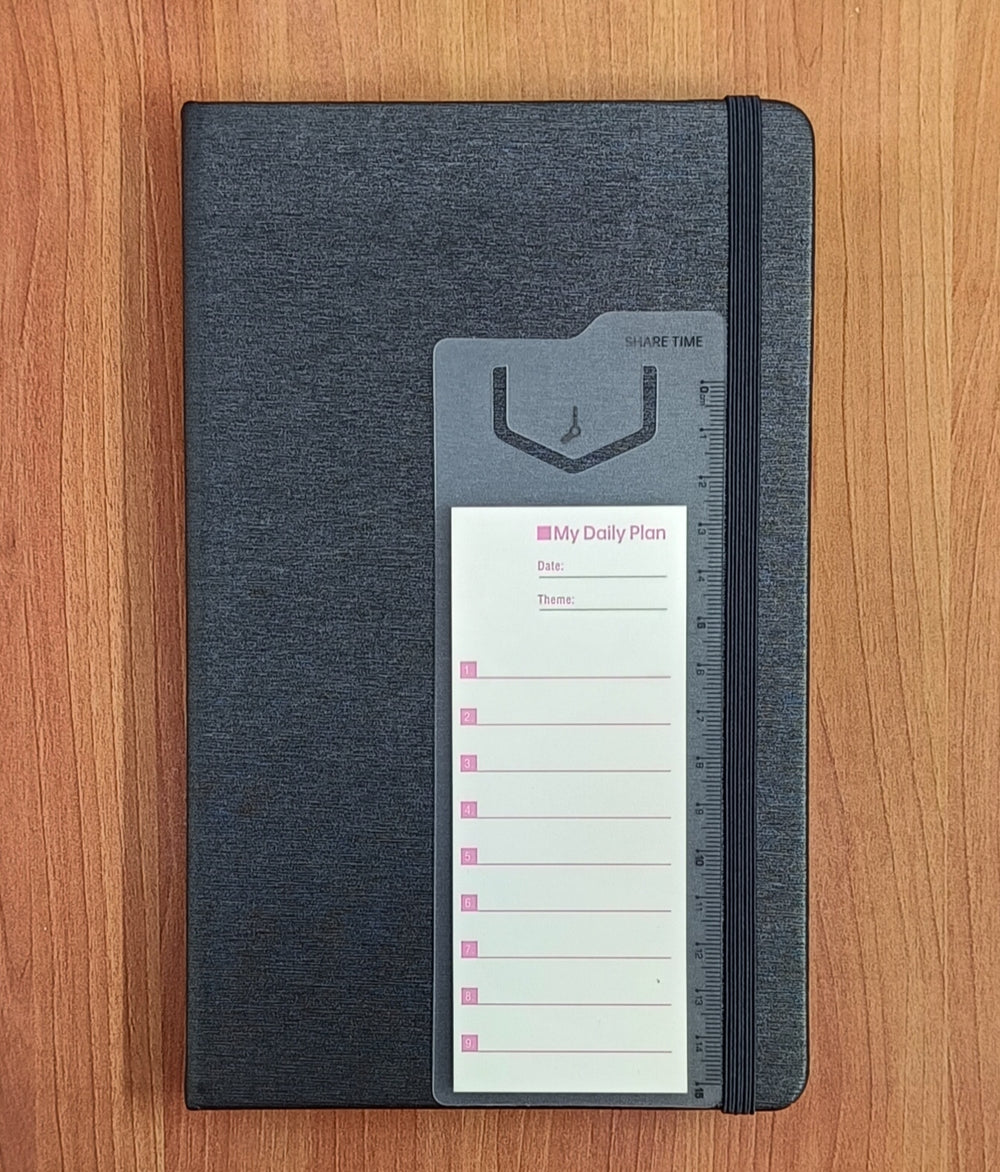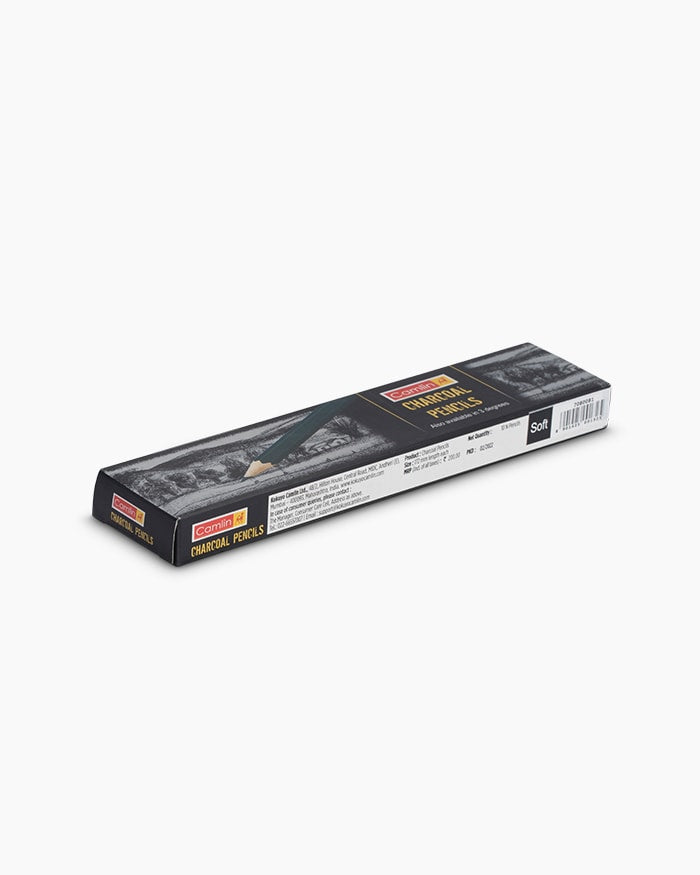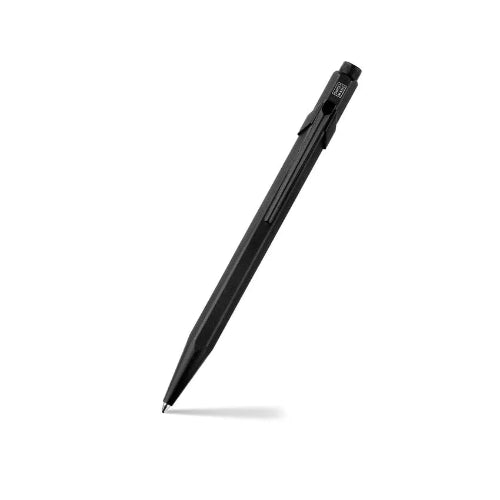How to Erase Pen Writing: Effective Tips and Methods
Mistakes happen, especially when using a pen. Knowing how to erase pen writing without damaging your documents is essential. This guide will help you remove pen ink effectively, using various methods and tips.
Erasing pen writing can be challenging, but with the right techniques, you can keep your documents looking pristine. Whether it's removing pen ink from important forms or erasing pen marks from your favourite notebook, we've got you covered. Let's dive into why removing pen ink is difficult and explore effective methods to erase pen writing.
Why Is Removing Pen Ink Difficult?
Removing pen ink is more challenging than erasing pencil marks due to the ink's penetration into the paper. Unlike pencil graphite, which stays on the surface, pen ink soaks into the fibers, making it harder to remove. Water-based inks penetrate deeply, while oil-based inks stick persistently to the paper. Here’s a deeper look into the challenges:
- Ink Penetration: When you write with a pen, the ink penetrates the layers of the paper, unlike pencil marks that remain on the surface. This makes simple erasure ineffective.
- Chemical Bonding: Inks, especially those used in fountain and ballpoint pens, contain dyes and pigments that chemically bond with the paper fibers, adding to the removal difficulty.
- Variability: The ease of ink removal can vary based on the type of ink and paper. For instance, glossy papers might be easier to clean than porous ones, but both present unique challenges.
Common Mistakes to Avoid
Before learning how to erase pen writing, it's crucial to know what not to do. Some methods can damage the paper or be ineffective. Avoid using bleach, ammonia, and hair spray. These substances can discolour and weaken the paper, leaving it more damaged than before. Here are some common mistakes to avoid:
- Bleach: While effective on clothes, it can ruin paper by causing discolouration and weakening the fibers.
- Ammonia: Similar to bleach, ammonia is too harsh for paper and can lead to permanent damage.
- Hair Spray: Older formulas with high alcohol content might have worked, but modern hair sprays can leave residues and discolour the paper.
Effective Methods to Erase Pen Writing
Using a Sand Eraser
Materials Needed:
- 800-1000 grit sandpaper or a sand eraser
- A pencil with an eraser
- Glue
Steps:
- Preparation: Cut a small piece of sandpaper, about the size of a pencil eraser.
- Attachment: Glue the sandpaper to the eraser end of the pencil.
- Application: Gently rub the ink with the sandpaper side. Use light, consistent pressure to avoid tearing the paper.
- Cleaning: After erasing, use a soft brush to remove any residue.
Using a sand eraser is effective for light ink marks and provides a clean finish. However, be careful not to rub too harshly, as it can create holes in the paper. This method is ideal for minor corrections and works best on thicker paper types.
Blade or Razor Method
Materials Needed:
- Sharp blade or razor
Steps:
- Positioning: Hold the blade vertically against the paper.
- Scraping: Gently scrape the ink off in small, controlled strokes.
- Finishing: Use a rubber eraser to remove any residual ink particles.
The blade method is excellent for both printer and pen ink but requires a steady hand and caution to avoid cutting through the paper. This technique is particularly useful for precise ink removal, such as single letters or small ink blots.
Ink Erasing Pens
Materials Needed:
- Ink erasing pens
Steps:
- Selection: Choose an ink-erasing pen suitable for your ink type. Some pens are designed specifically for erasable inks.
- Usage: Apply the pen to the ink mark and gently erase as instructed.
Ink-erasing pens work by chemically breaking down the ink. They are convenient and easy to use but may not be effective on all ink types. These pens are particularly useful for schoolwork or notes where minor errors need correcting.
Correction Fluid or Tape
Materials Needed:
- Correction fluid or tape
Steps:
- Application: Apply the correction fluid over the ink mark. If using tape, simply cover the ink with a strip.
- Drying: Allow the fluid to dry completely before writing over it.
Correction fluid and tape are ideal for covering mistakes without removing the ink. They provide a clean surface for rewriting and are particularly useful for larger errors or in professional documents where neatness is critical.
Acetone and Rubbing Alcohol
Materials Needed:
- Acetone (nail polish remover)
- Rubbing alcohol
- Cotton swabs
Steps:
- Preparation: Dip a cotton swab in a small amount of acetone or rubbing alcohol.
- Application: Gently dab the ink spot with the soaked swab.
- Protection: Place a tissue under the page to prevent ink from transferring to other pages.
Acetone and rubbing alcohol are effective for removing ballpoint pen ink. Use them sparingly to avoid damaging the paper. These solvents work by breaking down the ink's chemical bonds, making it easier to wipe away.
Alternative Methods to Erase Pen Writing
Using Erasable Ink Pens
Materials Needed:
- Erasable ink pens
Steps:
- Choosing the Right Pen: Select an erasable ink pen, which often has an eraser on the opposite end.
- Writing: Write as usual, knowing that mistakes can be easily corrected.
- Erasing: Use the eraser end of the pen to remove mistakes.
Erasable ink pens are designed for easy correction, making them perfect for students, note-takers, and anyone who frequently needs to erase pen writing. They offer the convenience of a pen with the erasability of a pencil.
Using Microfiber Cloths
Materials Needed:
- Microfiber cloth
- Mild soap solution
Steps:
- Preparation: Dampen the microfiber cloth with a mild soap solution.
- Application: Gently rub the ink spot in a circular motion.
- Drying: Blot the area with a dry part of the cloth to remove excess moisture.
Microfiber cloths can sometimes lift ink from glossy paper surfaces. This method is gentle and minimizes the risk of damaging the paper. It works best on non-porous surfaces.
Utilizing Heat and Steam
Materials Needed:
- Iron
- Damp cloth
Steps:
- Preparation: Place the damp cloth over the ink mark.
- Heating: Set the iron to a low heat setting.
- Application: Gently press the iron over the damp cloth for a few seconds.
Heat and steam can help lift ink stains by loosening the ink's bond with the paper. This method requires caution to avoid burning or warping the paper. It’s most effective on fresh ink stains.
Using Baking Soda Paste
Materials Needed:
- Baking soda
- Water
- Cotton swab
Steps:
- Preparation: Mix baking soda with water to form a thick paste.
- Application: Apply the paste to the ink stain using a cotton swab.
- Rubbing: Gently rub the paste over the ink in a circular motion.
- Cleaning: Wipe off the paste with a damp cloth.
Baking soda's mild abrasiveness can help remove ink without damaging the paper. This natural method is safe and effective for small ink stains.
Preventing Future Ink Mistakes
- Use Erasable Pens: Incorporate erasable pens into your writing routine to make corrections easy.
- Plan Your Writing: Outline your work in pencil first, then go over it with the pen.
- Store Pens Properly: Ensure your pens are capped and stored correctly to avoid leaks.
- Write Slowly and Carefully: Taking your time can help minimize mistakes and the need for corrections.
Additional Tips for Erasing Pen Writing
- Test Methods on Scrap Paper First: Always test your chosen method on a piece of scrap paper to see how it affects the ink and paper.
- Use Gentle, Consistent Pressure: Apply gentle pressure to avoid tearing the paper or making the ink smudge.
- Combine Methods for Stubborn Ink Stains: For particularly stubborn stains, you might need to combine several methods. For instance, start with a sand eraser and finish with rubbing alcohol.
Conclusion
Knowing how to erase pen writing effectively can save your documents from becoming unsightly or unusable. By avoiding common mistakes and using the right methods, you can maintain clean, professional-looking papers. Try these tips and share your results in the comments!
Frequently Asked Questions
Q1. Can you completely erase pen ink?
Ans: Completely erasing pen ink can be challenging, but using the right methods can significantly reduce visibility.
Q2. Is sandpaper safe for all paper types?
Ans: Sandpaper can be abrasive, so it's best used on thicker paper. Always test on a small area first.
Q3. Can I use acetone on all ink types?
Ans: Acetone works best on ballpoint and gel pen ink but may not be effective on all inks.
Q4. Are ink-erasing pens effective?
Ans: Ink-erasing pens are effective on specific ink types, especially erasable inks. Check compatibility before use.
Q5. What is the safest method for delicate paper?
Ans: Correction fluid or tape is the safest method for delicate paper, as it covers rather than removes the ink.
Q6. Can rubbing alcohol damage paper?
Ans: Rubbing alcohol can damage paper if used excessively. Apply sparingly and test first.
Q7. How do I avoid making holes in the paper?
Ans: Use gentle pressure and avoid abrasive methods like sandpaper and blades on thin paper.
Q8. Is it better to cover or erase ink?
Ans: Covering ink with correction fluid or tape is often safer for the paper, while erasing can risk damage.








